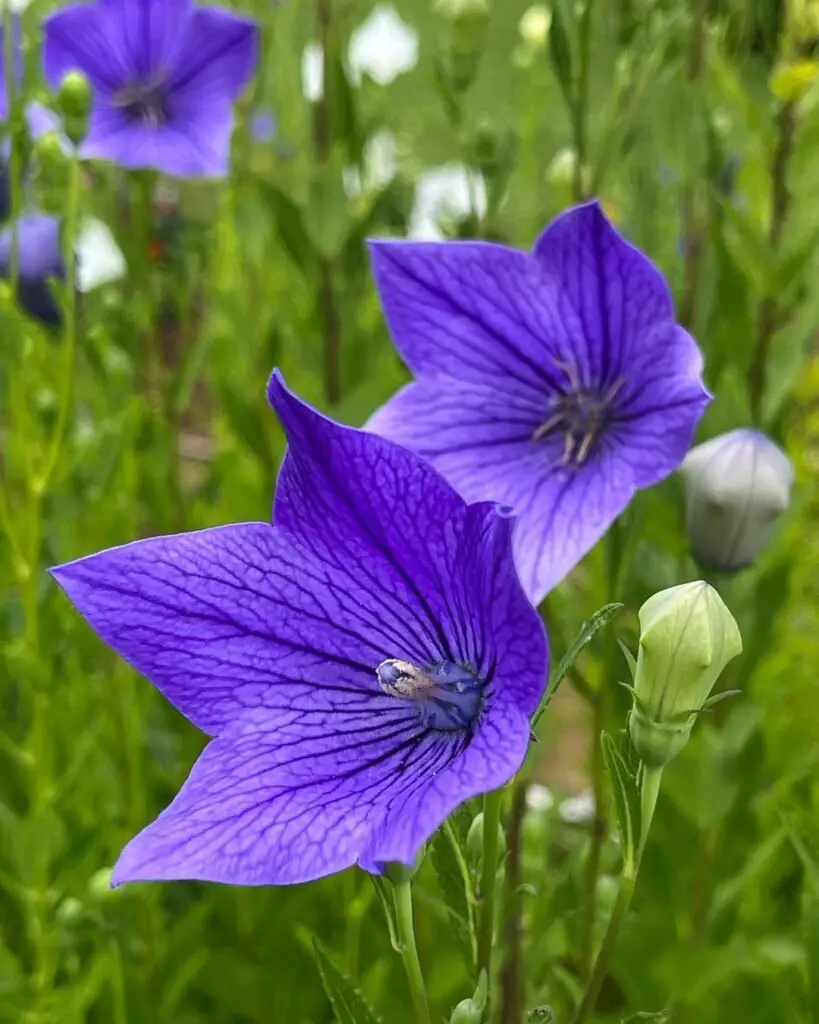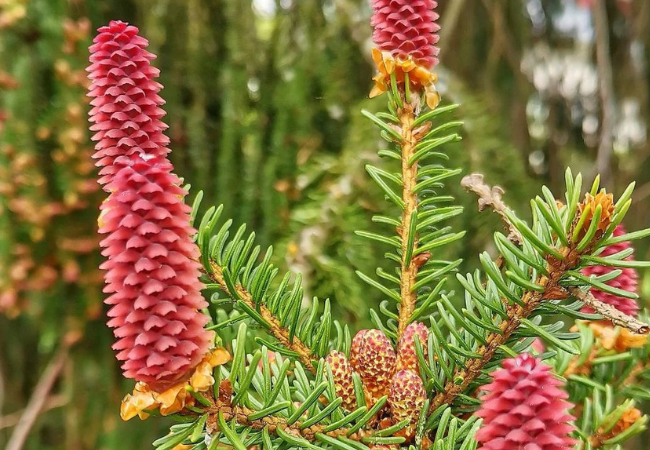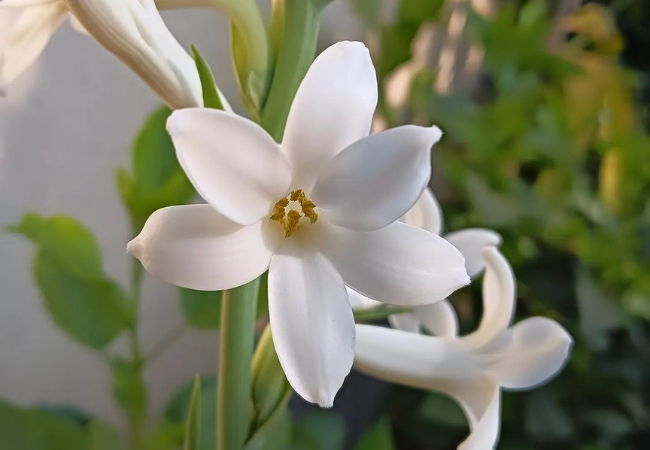Discover the charming Balloon Flowers: its unique features, care tips and garden benefits. Learn how to grow this beautiful perennial and enjoy its balloon-like buds and star-shaped blooms.
Have you ever seen a flower that looks like a tiny balloon? That’s the balloon flowers! These unique plants are fun to grow and add a special touch to any garden. Let’s learn more about these interesting flowers.
Here’s an information chart for Balloon Flower (Platycodon grandiflorus):
| Category | Information |
|---|---|
| Botanical Name | Platycodon grandiflorus |
| Common Name | Balloon Flower |
| Plant Type | Herbaceous perennial |
| Hardiness Zone | Zones 3-8 |
| Sun Exposure | Full sun to part shade |
| Soil Type | Well-draining, fertile |
| Watering | Moderate |
| Growth Habit | Upright |
| Height/Spread | 1-3 feet tall, spreads 1-1.5 feet |
| Special Features | Balloon-like buds that open into star-shaped blue, pink or white flowers, blooms in summer, attracts butterflies, deer resistant |
What Are Balloon Flowers?

Balloon flowers (Platycodon grandiflorus) are perennial plants. This means they come back year after year. They get their name from their buds, which puff up like little balloons before they open. When the flowers bloom, they look like stars with five points.
Key Features:
- Height: Usually 1 to 2.5 feet tall
- Flower colors: Blue, pink or white
- Blooming time: Summer to early fall
Where Do Balloon Flowers Come From?
Balloon flowers are native to East Asia, including parts of China, Korea, Japan and eastern Siberia. They’ve become popular in gardens around the world, including the United States.
Growing Balloon Flowers
Balloon flowers are pretty easy to grow. Here’s what they need:
- Sunlight: Full sun to partial shade
- Soil: Well-draining soil
- Water: Regular watering, but don’t overwater
- Hardiness zones: 3-8 in the USA
Planting Tips:
- Plant in spring after the last frost
- Space plants about 1-2 feet apart
- Add compost to the soil for better growth
Caring for Balloon Flowers
To keep your balloon flowers healthy:
- Water regularly, especially during dry spells
- Add mulch around the plants to keep moisture in
- Fertilize lightly in spring
- Cut back dead stems in late fall or early spring
Interesting Facts About Balloon Flowers
- Name origin: The scientific name “Platycodon” means “broad bell” in Greek
- Edible parts: In Korea, the roots are sometimes eaten in salads or used in traditional medicine
- Long-lived: With proper care, balloon flowers can live for many years
- Symbolism: In some cultures, balloon flowers represent unchanging love
Uses of Balloon Flowers in Gardens
Balloon flowers are versatile in the garden:
- Flower beds: They add height and color
- Container gardens: They grow well in pots
- Cut flowers: They last well in bouquets
- Attracting pollinators: Bees and butterflies love them
Common Balloon Flower Varieties
- Astra Series: Compact plants good for small spaces
- Fuji Series: Tall plants with large flowers
- Sentimental Blue: A dwarf variety with intense blue flowers
Balloon Flowers and Wildlife
Balloon flowers are great for wildlife-friendly gardens:
- They attract bees, butterflies, and hummingbirds
- They provide nectar for pollinators
- They don’t appeal to deer, so they’re “deer-resistant”
Problems and Solutions
While balloon flowers are generally easy to grow, they can have some issues:
- Root rot: Avoid overwatering and ensure good drainage
- Slugs: Use natural slug control methods
- Weak stems: Provide support for tall varieties
Balloon flowers are charming, easy-to-grow plants that can bring joy to any garden. With their unique balloon-like buds and star-shaped flowers, they’re sure to be a conversation starter. Why not try growing some in your garden this year?
For more gardening tips and plant care guides, visit usagardenhub.com.






